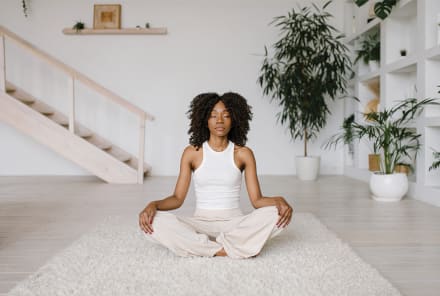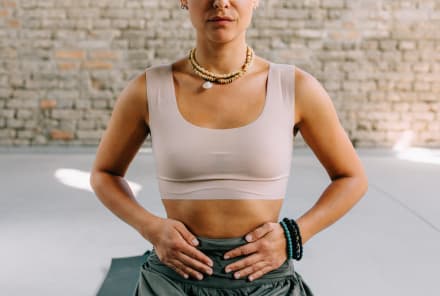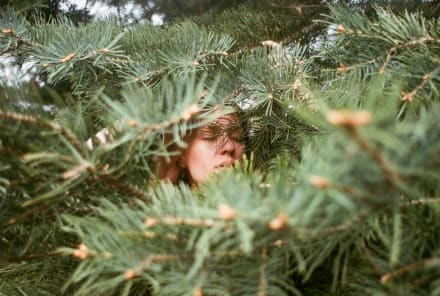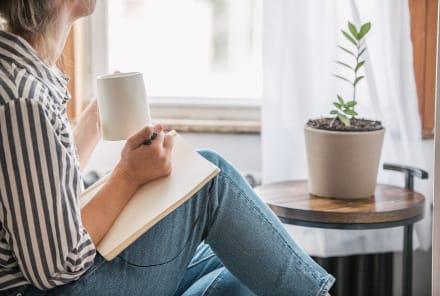Advertisement
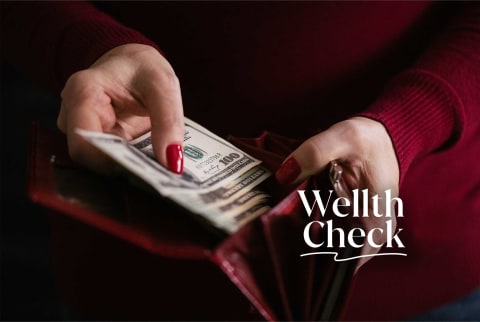
As the world continues moving ever closer to a cashless society, it's all about tap and go or swiping that debit or credit card. There's no debating this is quick, easy, and convenient, but a new study1 from the University of Adelaide adds to existing research that says using cashless payments can lead to more spending.
"When using cash, people physically count and hand over notes and coins, making the act of spending more salient. If nothing is physically handed over, it's easy to lose track of how much is spent," said Ph.D. student Lachlan Schomburgk, who led the study, in a prepared statement.
This research was conducted by analyzing 71 published and unpublished research papers from 17 countries, including data from more than 11,000 unique participants.
"Through this meta-analysis, we identified key factors that make the cashless effect stronger or weaker, which individual studies could not find. By doing this, we uncovered new insights that had often been overlooked by other researchers in individual studies," said Schomburgk.
Swiping a card or tapping a payment feels less real than handing over bills. "I've seen clients shocked by their actual spending when they switch to cash. One thought she spent $500 monthly on groceries. Her debit card showed $800," says retired financial planner and personal financial coach Michael Ryan. "Using cash is a powerful way to control spending. I've never seen anyone regret being more aware of their spending; that's what cash does for you," he adds.
If using cash makes you more mindful about spending such that you purchase less and have more to put toward savings, perhaps cash is still king. Here's how to switch to using more cash:
Wean yourself off cashless payments
No doubt there will be instances when using your debit card is ideal, but strive to use it sparingly.
"To become less dependent on debit and credit cards, start by setting specific spending goals and creating a budget that allocates a certain amount of cash for daily or weekly expenses. Withdraw this amount at the beginning of each period and use it for discretionary spending," says Curt Clemens, co-founder of MegaCharts, a provider of stock research. This method can help create a tangible limit, making you more mindful of your expenditures, he says.
While you're reducing the use of cashless payments, Clemens offers a compromise: "Use prepaid debit cards for specific spending categories. Load a set amount on the card each month, which can mimic the effect of using cash yet offers some of the conveniences of plastic."
Another alternative is to use gift cards. Who says gift cards are only for gifting? You can use them for everyday expenses, and because they come in specific amounts, they can help you stay on track with your budget.
Go on a cash-only test drive
You could go on a "cash diet" for a specified time.
"Whether it's two weeks or one month, limit yourself to only using cash for things like coffee runs, tipping while out to eat, shopping, and more. You may be surprised by how much you save," says Kelly Williams, a financial adviser at the financial services firm Thrivent.
To ease into going cash only, consider setting card-free days. Designate certain days of the week for cash-only transactions. Remove debit cards from your physical wallet, and challenge yourself to manage these days without using cards.
"Initially, it can be challenging, but with practice, you can master the technique," says Bill Ryze, a chartered financial consultant with Fiona, a provider of information on financial service providers.
There's an envelope for that
Go old-school with the envelope system. When you get paid, put dollars into envelopes that are assigned to certain spending categories like groceries, gas, and entertainment.
"This allows you to see exactly where your money is going, and when it's gone, it's gone. To make sure you always have cash for your envelopes, set biweekly calendar reminders to visit your bank or closest ATM to withdraw the funds. To reward yourself for using more cash, withdraw a little extra cash, like $10, and put it toward your favorite category," says Williams.
Shop in person
Online shopping is ever so convenient, but there's something to be said for old-fashioned brick-and-mortar retail.
"Shop in person more often to avoid mindlessly clicking 'add to cart' online," says Jessica Perrone, founder of HerFinancialIQ, a financial literacy website.
Seeing things in person allows for more thoughtful spending decisions. Paying with cash in person helps transition to cash instead of whipping out a card to pay for an online purchase.
The takeaway
Lastly, says Ryan, pause and think. Before buying, ask yourself, "'Would I buy this with cash?' You'll often say no," he says. Less buying can mean more savings.
Watch Next
Enjoy some of our favorite clips from classes
Enjoy some of our favorite clips from classes
What Is Meditation?
Mindfulness/Spirituality | Light Watkins
Box Breathing
Mindfulness/Spirituality | Gwen Dittmar
What Breathwork Can Address
Mindfulness/Spirituality | Gwen Dittmar
The 8 Limbs of Yoga - What is Asana?
Yoga | Caley Alyssa
Two Standing Postures to Open Up Tight Hips
Yoga | Caley Alyssa
How Plants Can Optimize Athletic Performance
Nutrition | Rich Roll
What to Eat Before a Workout
Nutrition | Rich Roll
How Ayurveda Helps Us Navigate Modern Life
Nutrition | Sahara Rose
Messages About Love & Relationships
Love & Relationships | Esther Perel
Love Languages
Love & Relationships | Esther Perel



